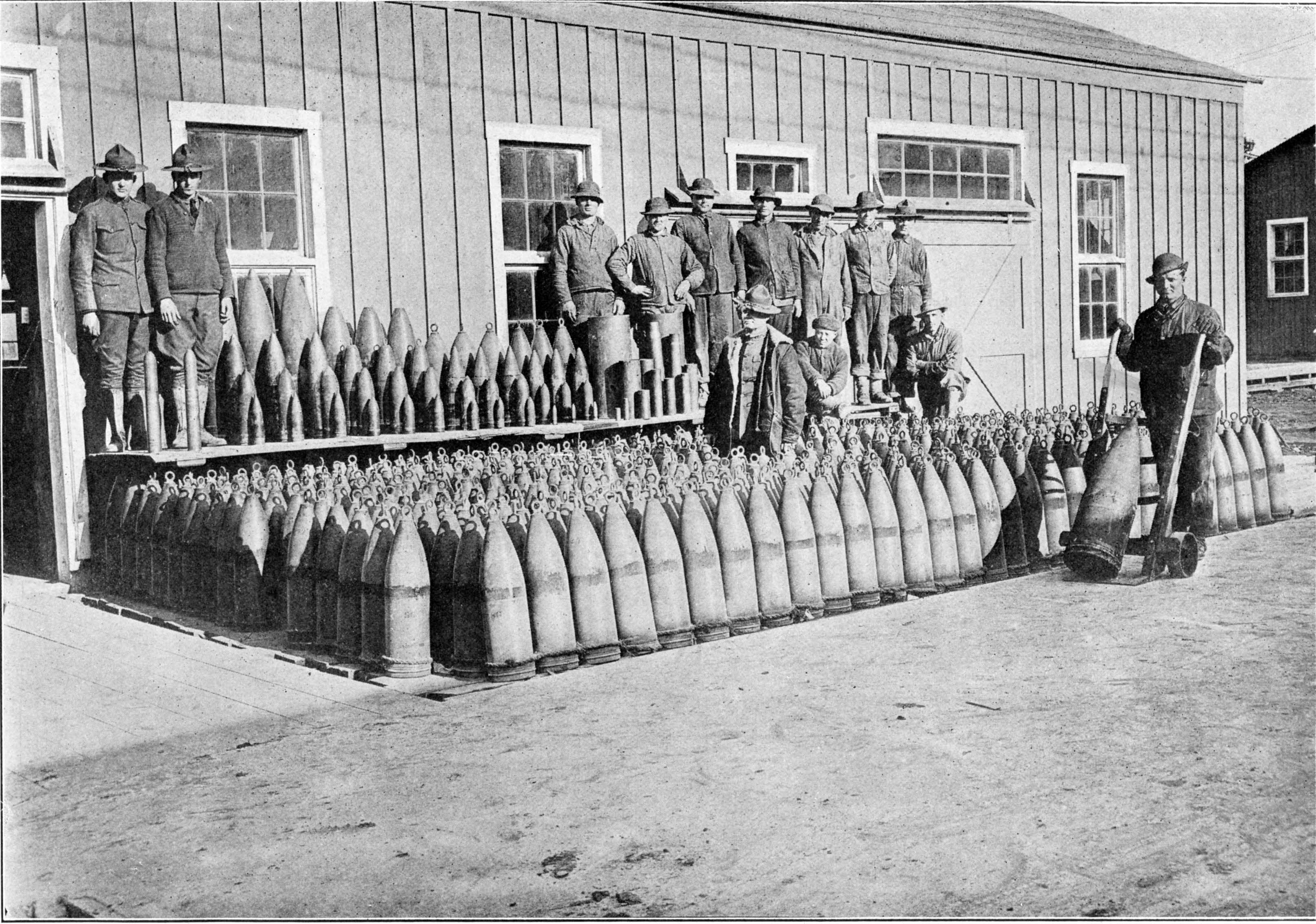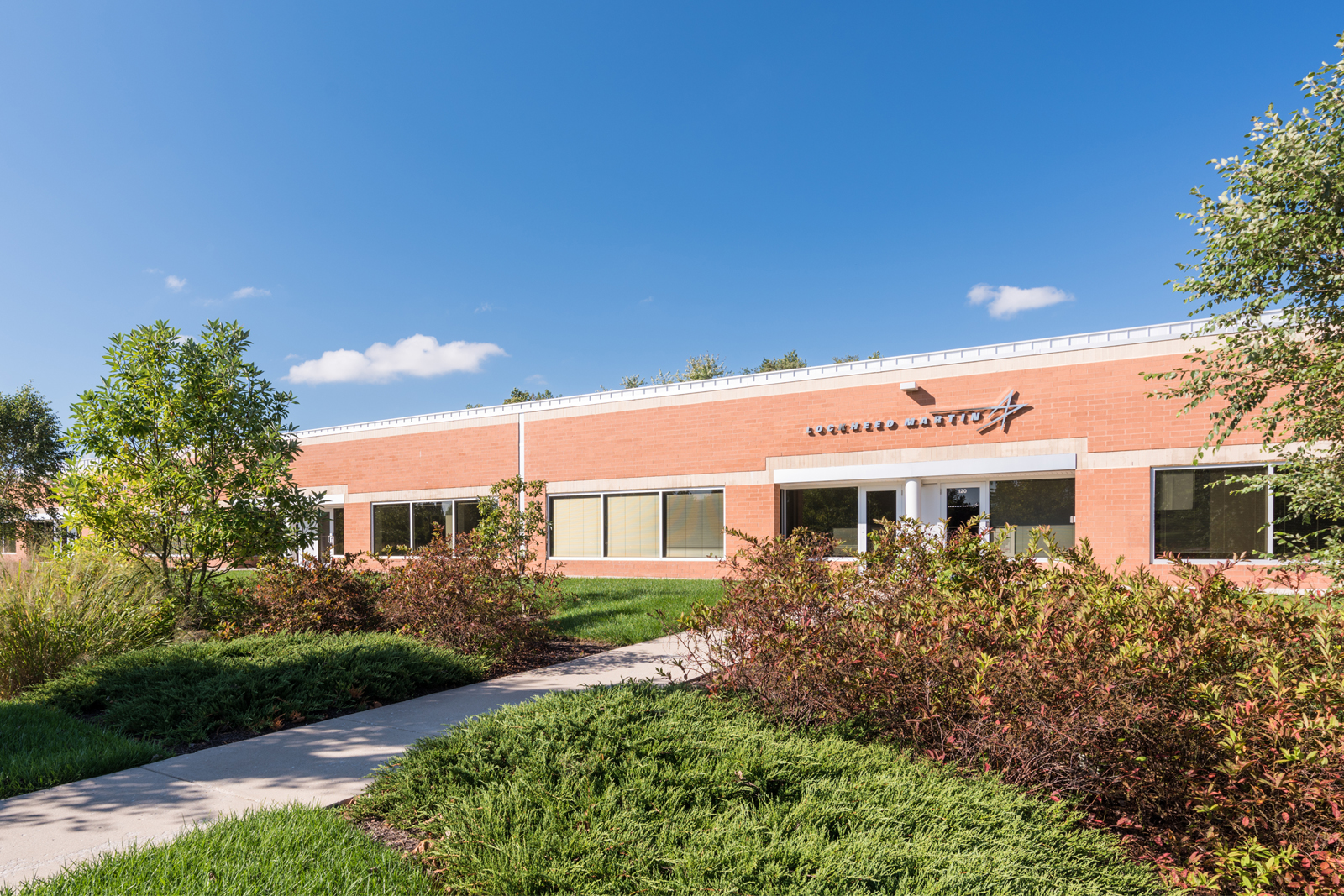Aberdeen Proving Grounds Address - This sign on US Route 40 in Aberdeen, Maryland, commemorates the founding of the Aberdeen Proving Ground in 1917.
Aberdeen Proving Ground (APG) (sometimes incorrectly called Aberde Proving Grounds) is a US Army facility located near Aberdeen, Harford County, Maryland, United States. More than 7,500 civilians and 5,000 soldiers work in the APG. There are 11 major orders in the chords among the units, including:
Aberdeen Proving Grounds Address

APG, the US Army's oldest operational proving ground, was established in the United States on October 20, 1977, six months after World War I.
Aberdeen Proving Ground To Open Stem Center
The design and construction of Cold Ruggles was overseen by a Brigadier General who later served as Chief of Army Artillery.
Its location has allowed the gunners to be designed and tested with modern industrial and naval contracts. A test site was created at Sandy Hook in Successor County, which was too small for any of the larger weapons to be tested. At the height of World War II, the APG had accommodation for 2,348 officers and 24,189 enlisted personnel.
Aberde, home to the Army's Pulse Radiation Reactor facilities, in 1968. On September 6, 1968, this reactor was the location of the next critical path in the commissioning tests. This accident did not injure persons, but released heat to reach the point of combustion in the molten core, 1150 ° C. This caused damage to the reactor fuel, together with the four central circles. This is one of thirty-three instances of critical accidents worldwide, between 1949 and 2000.
Under the Base Realignment and Closure (BRAC) program, announced in 2005, the APG School is expected to lose weapons and associated research and development facilities with 3,862 military jobs and 290 civilian jobs moving to Fort Lee, Virginia. APG will have 451 military jobs and 5,661 civilians based out of Fort Monmouth, New Jersey. There is a net loss of 3,411 military jobs under BRAC and a net gain of 5,371 civilian jobs.
Aberdeen Proving Grounds
Although foreign contractors produced most of the conventional munitions during World War I, the United States government federally built plants at the Aberdeen Proving Ground for the manufacture of poison gas. These poison gas manufacturing facilities became known as Edgewood Arsal. Edgewood Arsal contained plants to produce mustard gas, chloropicrin and phosgene, and separate facilities for filling shells with these chemicals. Production began in 1918, at 2,756,000 short tons (2,500 t) per month, and a total of 100 short tons (9,813 e) of poison gas was produced at Edgewood Arsal before the November 1918 shutdown. Some of this gas was exported for use. French and British shell guns.
). The Edgewood area was used for the development and testing of chemical weapons. From 1917 to the present, the Edgewood area has served chemical research programs, chemical agts manufacturing, and the testing, storage, and disposal of toxic materials.
Between 1955 and 1975, the US Army Chemical Corps was assigned to medical studies at Edgewood Field, Maryland. The purpose was to evaluate the effect of low-dose chemical warfare methods on military personnel and to test protective clothing and pharmaceutical materials. About 7,000 soldiers participated in these experiments that included exposure to more than 250 different economies, according to the Department of Defense (DOD). Some volunteers were exposed to these agts at the time the information was presented, but it did not follow for a long time, as part of the Department of Defense study was planned.
:quality(70)/cloudfront-us-east-1.images.arcpublishing.com/archetype/BHZYHQQITZFW5IST4II4GEKUTY.jpg)
During the week of July 14, 1969, personnel from the Naval Applied Scientific Laboratory in conjunction with personnel from the War Laboratory Limited conducted a defoliation test on the coast of Pole Island, Aberdee Proving Ground using Agt Orange and Agt Orange Plus foam.
Aberdeen Md Marylpost Headquarters Aberdeen Proving Grounds Vintage Postcard
Gunpowder House Meeting and Presbury Meeting House on the grounds of Edgewood Arsal are listed on the National Register of Historic Places.
Other APG sites not connected to the main facility include Churchville Proving Ground in Harford County, and Carroll Island and Grace Quarters in Baltimore County, Maryland. The Churchville Proving Ground is an exploratory track with hills that have steep natural grades and tight turns for stress lunches, train rides, and reservations for military vehicles, including M1 tank Abrams, Bradley Fighting Vehicles, and Humvees.
The eastern half of Carroll Island has been used as a site for aerial testing of chemical weapons since the 1950s. During tests of agts of chemicals and other compounds at Carroll Island, Maryland, from July 1, 1964, until December 31, 1971, nearly 6.5 short tons (5.9 t) of chemicals were spread over a catchment area of 4,600 pounds (2,100 kg) of 655 pounds (297 kg) of anticholinesterase compounds such as the nerve gases Sarin and VX, and 263 pounds (119 kg) of incapacitants such as LSD. They were also released simulating agts, inkdiaries, decontamination compounds, signals and shrill smoke, mustard and herbicides and luxuriant vapors. Test locations included sprinkler grids, wind tunnels, test grids, and small buildings.
Edgewood Chemical Operations is a chemical weapons facility located in APG. The chemicals stored here were disposed of on a rapid schedule after the attacks of September 11, 2001, and all chemical weapons were destroyed by February 2006.
File:aberdeen Proving Grounds 027.jpg
Fort Hoyle was established on October 7, 1922, and was created in part by Edgewood Arsal. It is named after Brigadier General Eli D. Hoyle, who commanded the 6th Field Artillery Regiment, the bike home at Headquarters, 1st Field Artillery Brigade (1922 to 1939), the 6th Field Artillery Regiment (1922 to 1940), in the 1st Train Train. (1922 to 1930), and the 99th Field Artillery Regiment (less the 2nd Battalion) (1940 to 1941). Fort Hoyle was officially closed as a separate military station and replaced by Edgewood Arsal on September 10, 1840.
The US Army Artillery Corps Museum is currently located at APG, at Fort Lee, Virginia, as a result of the Base Realignment and Closure Act of 2005 (BRAC).
Its northern point is at the mouth of the Susquehanna River, where the river terminates the Chesapeake Bay, and it is closed to the south by the Gunpowder River. The institution lies on two peninsulas separated by the Bush River. The area is called Summer Aberde to the east, Edgewood to the south west (formerly Edgewood Arsal).

For statistical purposes, the base is designated as a csus designated location (CDP Aberdeen Proving Ground) by the US Csus Office. As of 2020, the population was 1,668.
Aberdeen Md Maryland, Aberdeen Proving Grounds, Officers, C1951 Vintage Postcard
The Edgewood area site of the Aberdeen Proving Ground was proposed on the Environmental Protection Agency's National Priorities List of most serious uncontrolled or abandoned hazardous waste sites requiring long-term remedial action on April 10, 1985. Formally placed on the National Priorities. Enumeration on February 21, 1990.
The Edgewood area has large areas of land and water and many buildings are contaminated or suspected to be contaminated. Almost any area of the earth's site contains potential contaminated or contaminated sites and potentially buried weapons. Substances disposed of in the area include significant amounts of napalm, white phosphorus and chemical agents. Surface water bodies on site include rivers, streams and wetlands.
Previously, the Edgewood area backup water supply wells served approximately 3,000 people in the Canal Creek area. The wells were abandoned. The County Public Department's Long Bar Harbor well field and well field from the Joppatown Sanitation Subdistrict serves 35,000 people within a 3-mile (4.8 km) site. On-site groundwater sampling identified perchlorates, various metals, volatile organic compounds (VOCs) and degradation products of chemical warfare. In-situ soil contamination sampling identified a variety of VOCs, metals, and contaminants in surface and subsurface soil. On-site surface water sampling identified various metals, pesticides, phosphorus and VOCs. People who drink or come into direct contact with contaminated ground water, surface water, soil or sediment may be at risk. The bald eagle's habitat is designated the area.
A scandal broke out in APG in 1996. The US Army has filed charges against a dozen commissioned and non-commissioned male slaves for sexually assaulting women under their command.
C4isr Center Of Excellence, Aberdeen Proving Grounds
After a campaign by PETA, the Physicians Committee for Responsible Medicine and other organizations, the US military announced in 2011 that it had replaced the use of monkeys in the Army's nerve-attack training with human simulators and other methods of teaching with finite animals. Vervet monkeys are trained and tested on the Aberdeen Ground. The campus consists of eight separate buildings totaling 1.6 million square feet, constructed together as a 34.5kV underground distribution system. Connected by a series of bridges, this complex includes a three-story Research Center, which includes an Anechoic Chamber, two five-story Operations Buildings, a four-story Command and Command Facility that includes the C4I Command Center, as well as Mission Training. and the Maintenance Facility.
Elevated their footprints, this space maximized green space, views, and light as much as possible to minimize the disturbance of the site. This project is now the largest and most technically complex project BRAC has built in the State of Maryland and won two awards from the Associated General Contractors of Metropolitan Washington.
Target work

Aberdeen proving grounds police, aberdeen proving grounds employment, aberdeen proving grounds jobs, aberdeen proving grounds lodging, edgewood aberdeen proving grounds, aberdeen proving grounds, aberdeen proving grounds map, aberdeen proving grounds housing, aberdeen proving grounds weather, aberdeen proving grounds museum, aberdeen proving grounds mwr, aberdeen proving grounds maryland

0 Comments